We may receive a commission when you use our affiliate links. However, this does not impact our recommendations.
When it comes to understanding the history of furniture, I think John Gloag put it best when he wrote: “Nearly all articles of free-standing furniture are variations on two basic shapes: a platform or a box.” (“A Social History of Furniture Design: From B.C. 1300 to A.D. 1960” pp. 3-4, Crown)
Platforms include: tables, chairs, stools, beds and benches. Boxes include: chests, cabinets, bookcases, cupboards, dressers and the like. There are, of course, some pieces of furniture that fit into both categories – desks, for example. But you get the idea.
It’s easy to see how the platforms evolved from early people sitting on and eating off of rocks. Boxes, as far as we know, evolved from logs that were hollowed out by fire or tools and then enclosed to protect the contents. These boxes became chests. Dressers, also called chests of drawers, evolved from the low chests.
But where did the armoire come from? Or the kitchen cabinet? Or the bookcase?
Many furniture historians point to the “aumbry,” a form of furniture that has both disappeared and also completely surrounds us. The word “aumbry” appeared in the early 13th century as a place to store books. But the word became a more general term for a cupboard, locker, press, safe or any piece of furniture that is a container (Oxford English Dictionary).
There are many variants on the word. The Oxford English Dictionary lists 70 different versions, such as almery, armoire and armory for starters. They also have an ecclesiastical function in churches – storing oils and other ceremonial items.
But what does an aumbry look like? It’s a cabinet with a door on its front. Many of the extant aumbries are from the 15th and 16th centuries and are simple affairs. The English ones are oak and are built one of three ways:
1. They are “boarded” – essentially wide boards that are pegged together like a six-board chest. Sometimes dovetails come into play with this form. Sometimes not.
2. They are “joined” – basically they are made up of frame-and-panel constructions, like a modern frame-and-panel chest.
3. They are “clamped.” This is sort of a mix of the two forms above. The front of the chest is built like a breadboard with some tongue-and-groove joints. But it also shares some characteristics of the boarded form.
But more important that how they are built is what they do: they store stuff. There are usually shelves behind a lockable door. Many of the aumbries have carvings that pierce the front facade. These holes were covered from the inside by cloth. The cloth allowed ventilation and prevented insects from getting inside the aumbry. (Think: pie safe.)
Many of the aumbries have gothic details, which makes them fit into an Arts & Crafts environment. They could be used to store a woodworking library. Perhaps precious liquids (OK, a liquor cabinet). Or a china cabinet for those people who don’t need to show off their china.
This summer I’m going to build an aumbry for an upcoming issue of Popular Woodworking Magazine. In the coming weeks, we’ll be exploring some of their interesting details, including their construction, their simple mouldings and pierced carvings. So stay tuned.
— Christopher Schwarz
If you like Arts & Crafts furniture, ShopWoodworking.com has more than 100 resources for you – everything from plans to books to DVDs. Check out their collection here.
Here are some supplies and tools we find essential in our everyday work around the shop. We may receive a commission from sales referred by our links; however, we have carefully selected these products for their usefulness and quality.



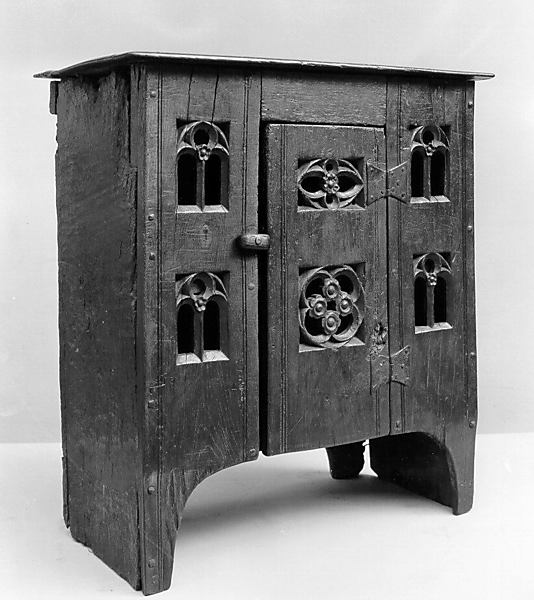
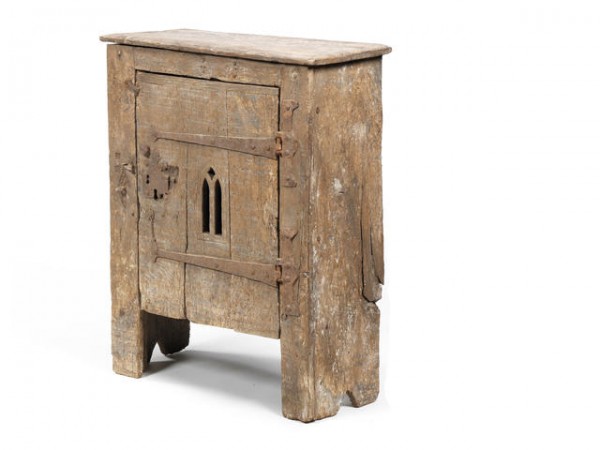
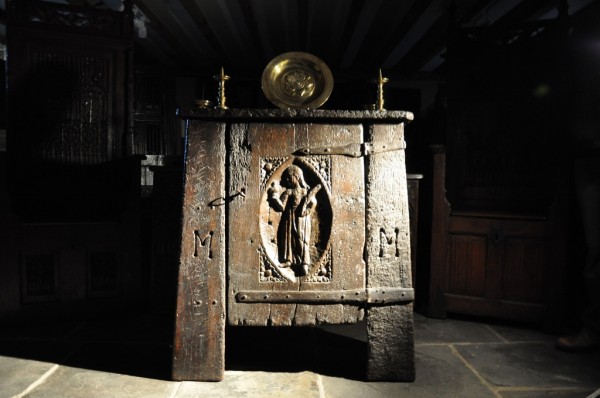




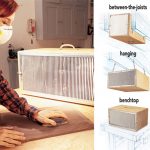
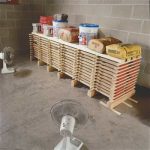
All laughing aside. These cabinets are the origins of all modern cabinets , we have just gotten away from the ornate detail that makes them more valued so they are cared for and last the generations no matter what wood they are made from. I for one plan to make ornate design integrated into common wood work a priority. So that in in any ones hands it will still hold value and prevail the test of time through care and protection.
If I keep my hand tools in it, could it be an Anarchist’s Aumbry?
Certainly no secret as to where Stickley got inspiration!
I think Peter Follansbee hijacked Schwarz’s blog.
I hate it when I’m surfing the web at work and accidently learn something. Thanks a lot Chris.
The beginning of our obsession with collecting important “stuff”.